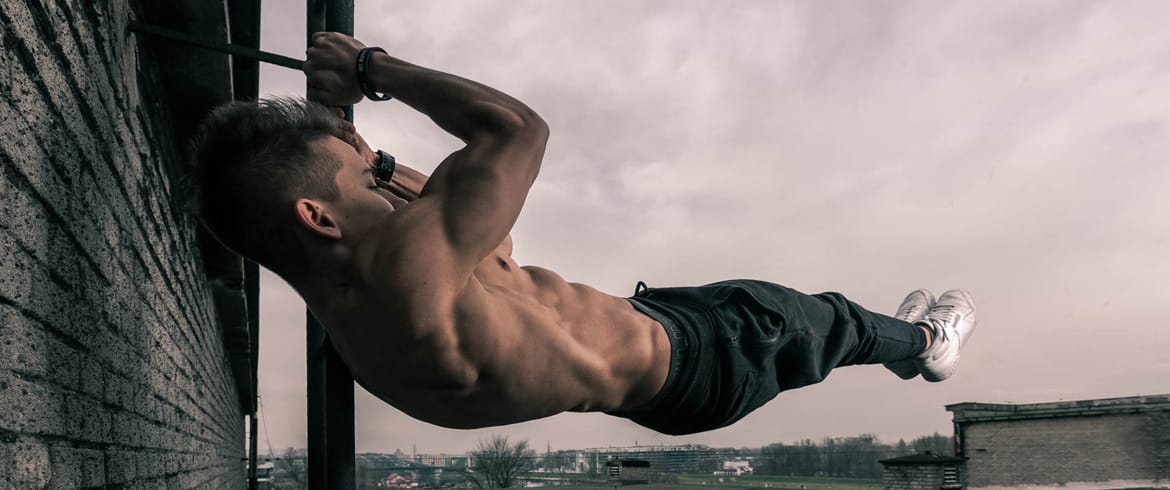
HOW TO STRUCTURE A CALISTHENICS ROUTINE
HOW TO STRUCTURE A CALISTHENICS ROUTINE (COMMON HIERARCHY)
What’s up guys! Welcome to another article of ours!
Today we are going to talk about how to structure a Calisthenics routine according to which is the most common way of doing that; this means define which is the common hierarchy of a routine.
As we anticipated in some of our previous articles, it is very important to define the way we will train in order to adopt an effective scheme for our workouts so that we can save up time (very important variable) and make of a high quality in the longer period.
It can often happen indeed, that when you schedule a routine you feel like including hundreds of reps for hundreds of exercises and so it turns out that it will take you up to at least two hours to complete it without counting the time that you should dedicate to other two fundamental elements that MUST be always included in your routines: WARM UP and COOL DOWN.
In a basic routine hierarchy, indeed, the first 20 to 30 minutes should be dedicated to warming up your body in the best way so that you won’t feel sore after the whole workout and especially in the days coming after it.
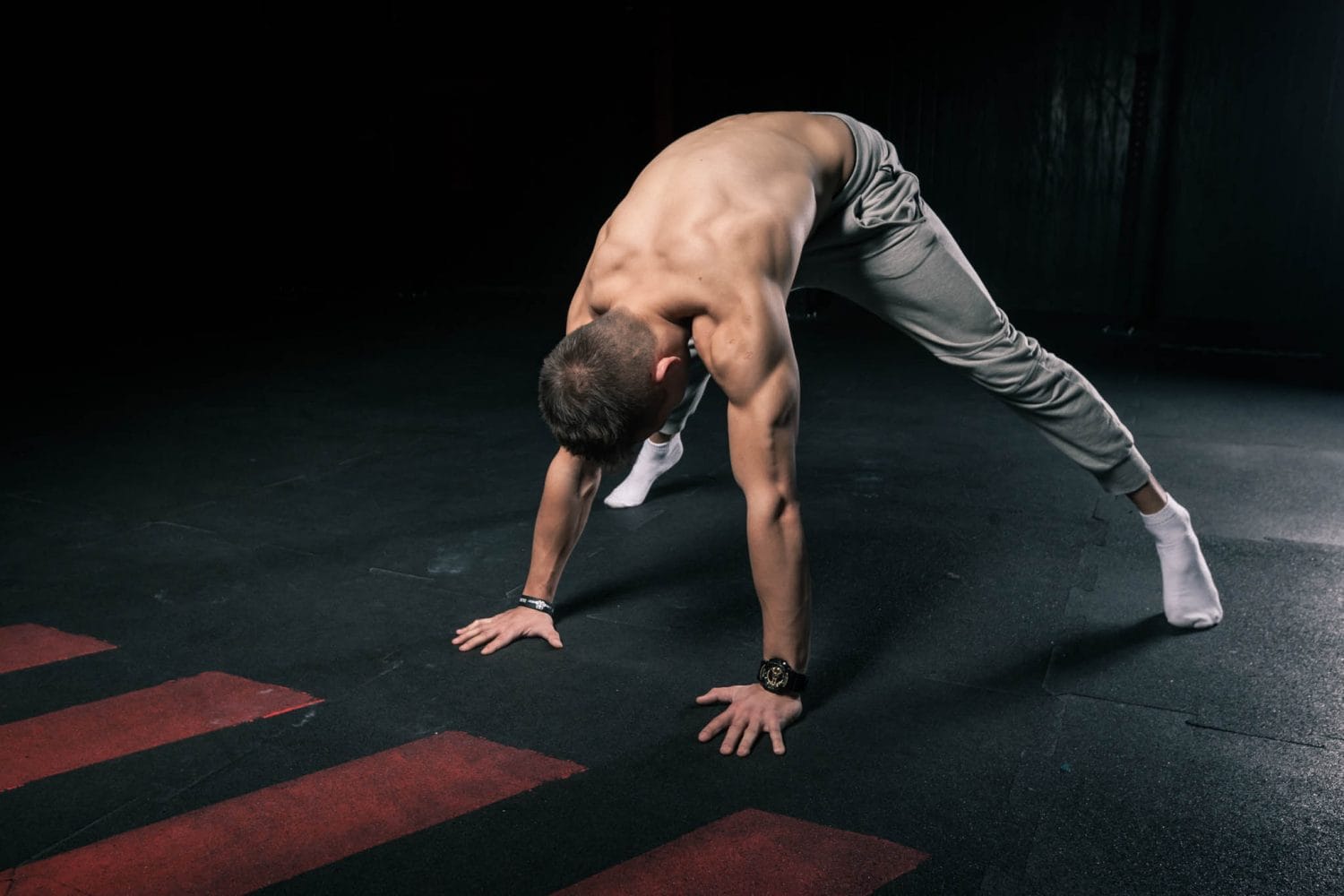
When we talk about warming up, we literally mean to warm up all those parts of your body that will be seriously put under stress in the routines; talking about a discipline like Calisthenics involves the following body parts (we will follow the order starting from the head all the way down to the toes):
Neck: since neck is the part of the body that allows to keep a balance in it, we need to make sure that, before starting to train, is properly released from tensions by making it flexible
Shoulders: probably, together with the wrists and the elbows, one of the most important part of our body that must be warmed up excellently before going into the training, as from them depends the stability for most of the exercises typical of Calisthenics and Street Workout as well
Shoulder blades: without warming up also this particular area, we will always be pretty constricted-
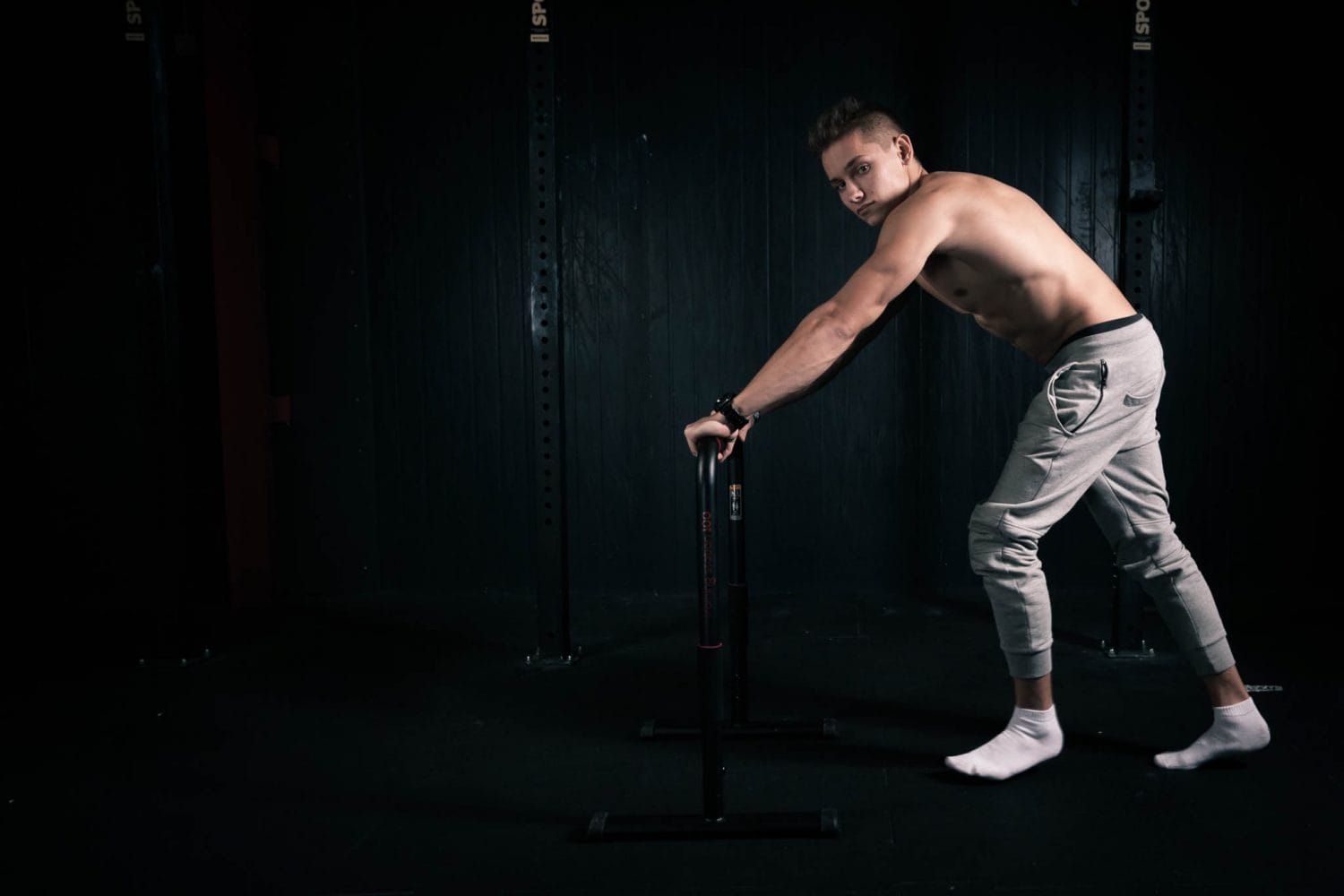
As the hollow body position, form that you must always have when you perform an exercise, wants you to have your shoulder blades protracted and also if we are going to do a specific training for the planche, where the shoulders blades are the main mean of support for the skill, you must make sure that they gained enough mobility before starting the movements
Elbows: another important part of body to not underestimate as from them, depends the fact that you will be able or not, to perform all those exercises in bent arm position (ex. handstand push-ups, planche push-ups, ice cream makers and so on)
Wrists: well, without them all the exercises Calisthenics is made of, such as a basic planche lean hold, basic push-ups set, a handstand or whichever other kind of exercise, wrists are the ones that are allowing you to be able to hold or perform such movements
Hips: maybe this part of the body can be underestimated too, but the truth is that without making our hips flexible and mobile, when you will be performing exercises such as the planche lean (once again) or elbow plank, the front lever progressions, pull-ups, push-ups and basically all the basics of Calisthenics, none of these will be possible.
Why is that?! As we anticipated in the article related to the core, one of the main aspects you must work on as much as possible is to make your hips more and more flexible and mobile.
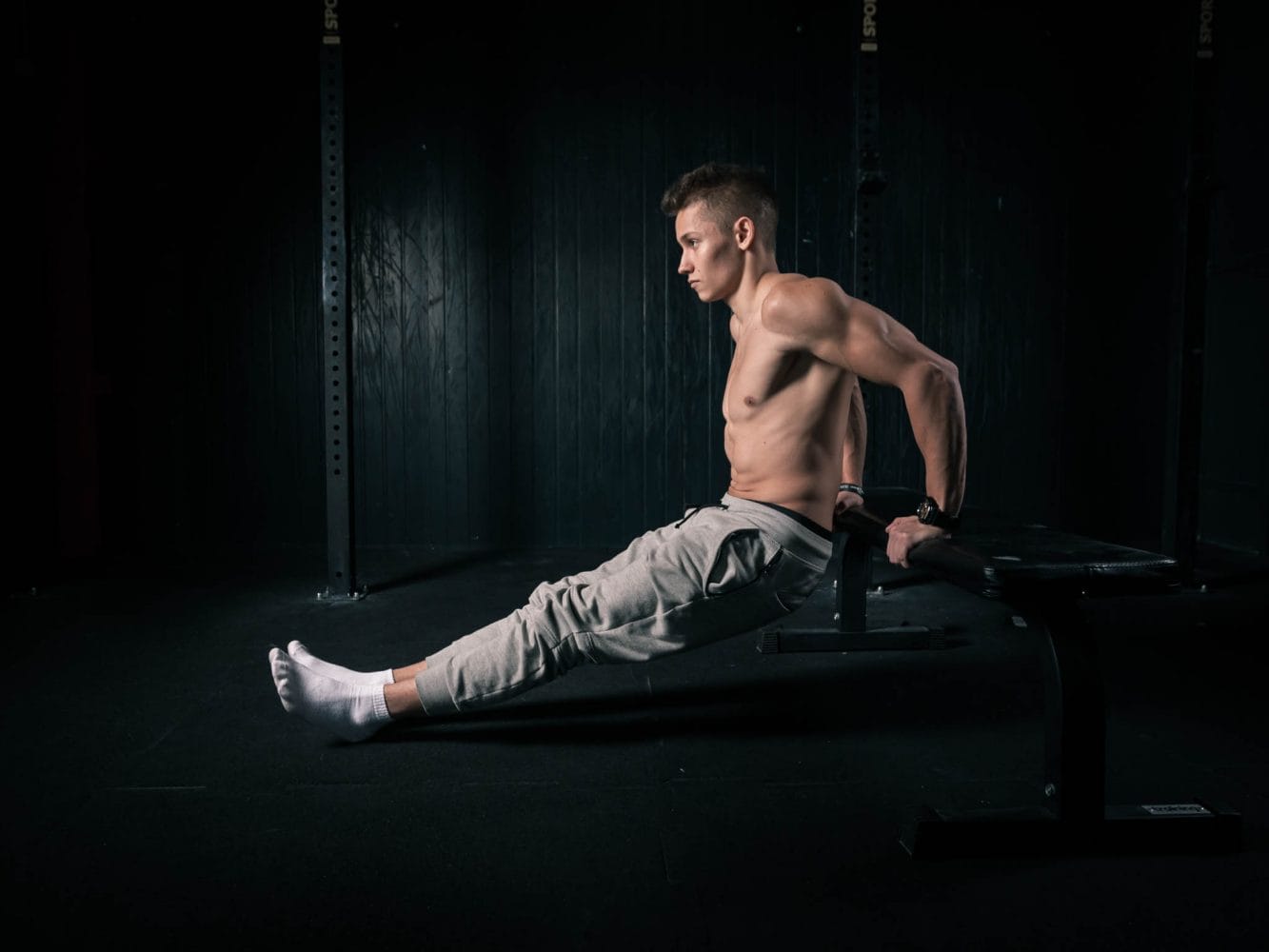
By doing so, you will notice a notable increment in the quality of the form, that leads you to be able to assume, for instance, a perfect hollow body position (spinal column in neutral form) that is the base from which you start when you perform a movement (main principle of gymnastics and bodyweight trainings)
Lower back: the spinal column can be under solicitation because of the load we put on it when we perform legs/back exercises such as deadlifts, weighted squats or pistol squats etc.; we need to make sure that this part of the body is properly warmed up too in order to avoid pain, aches or soreness due to the load we put on it
Knees: the scope of your routines is the one that allows you to include also legs exercises, so needless to say that if you don’t warm up in proper way also the knees especially for the pistol squats progressions, the stress you will put on them can lead to serious injuries in your meniscus as well as knee ligaments i.e. cruciate ligaments.
Ankles: strictly connected to the overall stability present in all legs exercises and of course the body balance in general
Well, as you can see the list is quite long and it includes all the main joints and body parts that are often (if not always) under stress when you train.
Our best suggestion?! By now and on, be wiser and think of them as the very first part of your routines (if you weren’t doing so already).

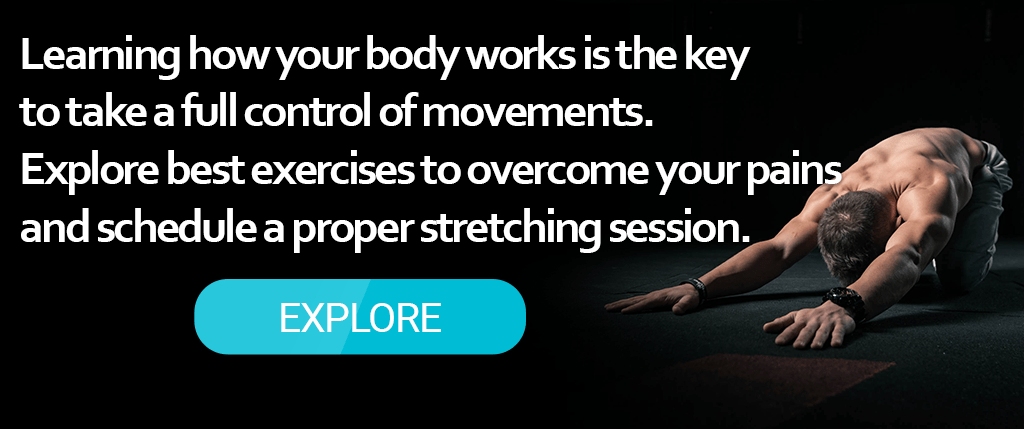
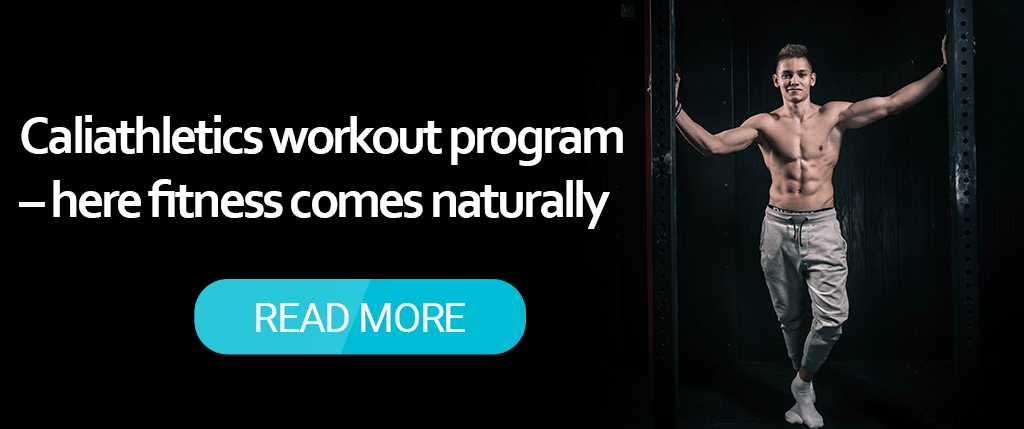
Hi admin, i must say you have high quality articles here.
Keep up good work.
Hi blogger, i have to say you have high quality content here.
Keep up posting !
This post is interesting !!
Thanks for Sharing an inspirational post. I love Calisthenics Workout. (thestreetworkout.com).
Hello John!
Thank you so much for the precious support! We always try to give out and share our best so to make people aware of the incredible power the body can have and mostly, how such power can be raised, improved and finally mastered.
Hope you found this article interesting and I invite you to check out all the others that will be (I hope) very interesting as well and might encounter your needs and solve your doubts!
Wish u all the best!
See ya!